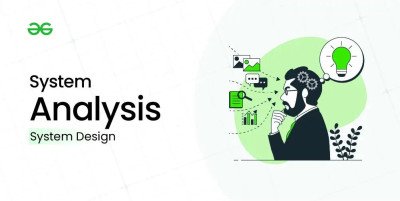Compare with 1 courses
SAD - System Analysis and Design

₹99
₹99
System Analysis and Design (SAD) is a process used to develop and maintain information systems. It involves understanding, analyzing, and designing systems to meet user and organizational needs, ensuring that these systems are efficient, effective, and scalable.
Learn more
 0
0 